Welcome to this month’s Design Digest. Despite the world crumbling around us, we here at Cfile have discovered some inspiring design work that will put a smile on your face you will have to adjust our face masks. We figured you might have some free time on your hands, so please enjoy these recent highlights from the design world.
1 | Impressive Levels of Plasticity
As part of a material research project, designer Ayal Pomerantz has created a series of objects utilizing upcycled PVC pipes. Using the everyday plumbing object as a basis for the investigation, Pomerantz has heated the pipes to form a variety of different shapes and sizes. The result is a collection of uniquely formed pieces including a totem, a stool and a number of vases.
After visiting a factory that produces and manufactures PVC pipes, Pomerantz realized that in order to create the ‘connecting joint’ they inflate the end piece to enlarge the diameter, allowing for easy joinery. After seeing this, the designer decided to test the material to investigate how far the PVC can be manipulated.
Pomerantz then decided to build a special oven that allowed the heating of a pipe and allowed him to choose which part of the pipe and how much of the pipe to heat. With the help of a CNC machine, the designer then created molds of different shapes and sizes to experiment how far the material could be warped and changed. The final products are 5 vases all created from the same mold and then additionally modified separately, one totem that was created without any molds, and a stool.
Text and images from designboom.
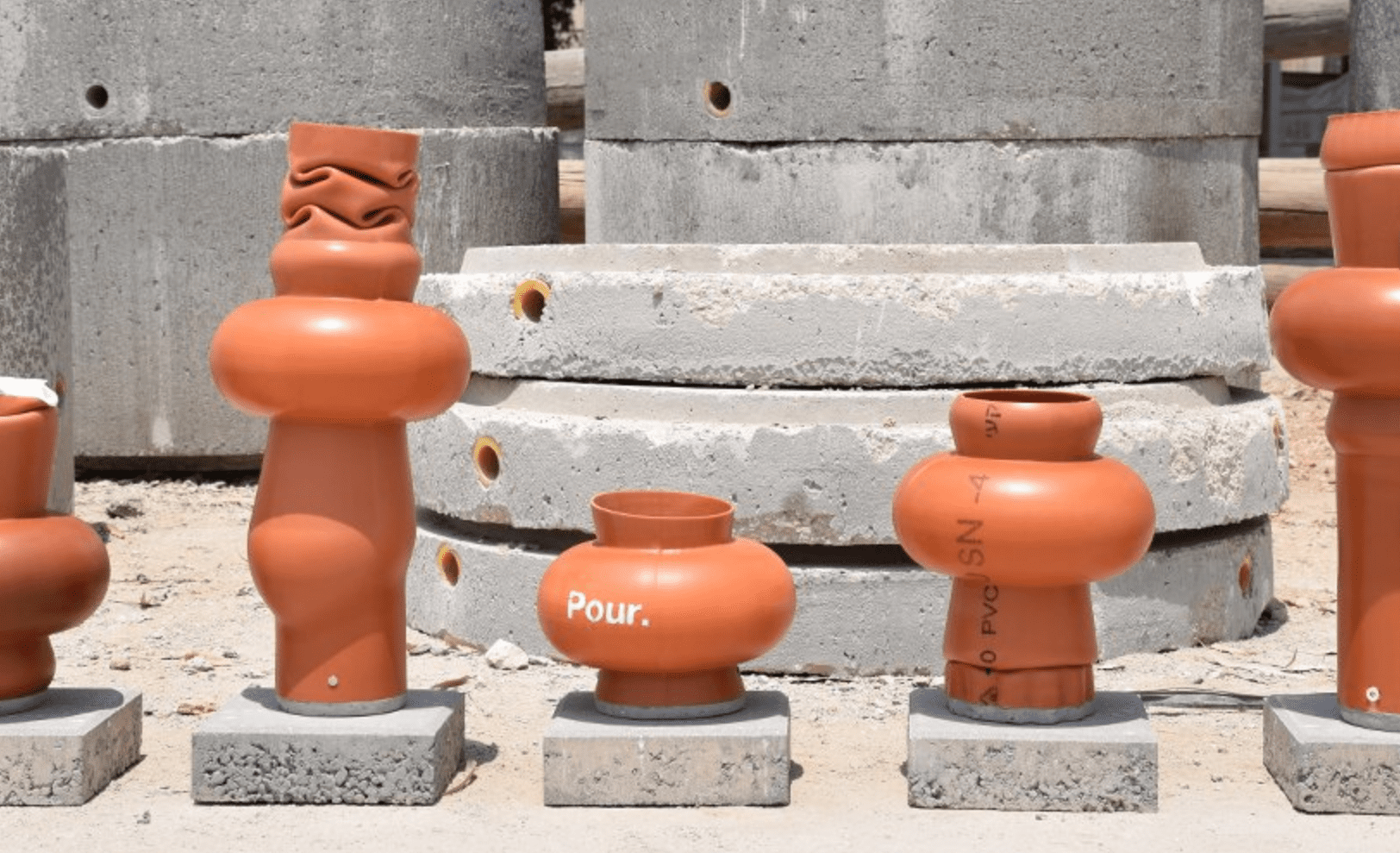
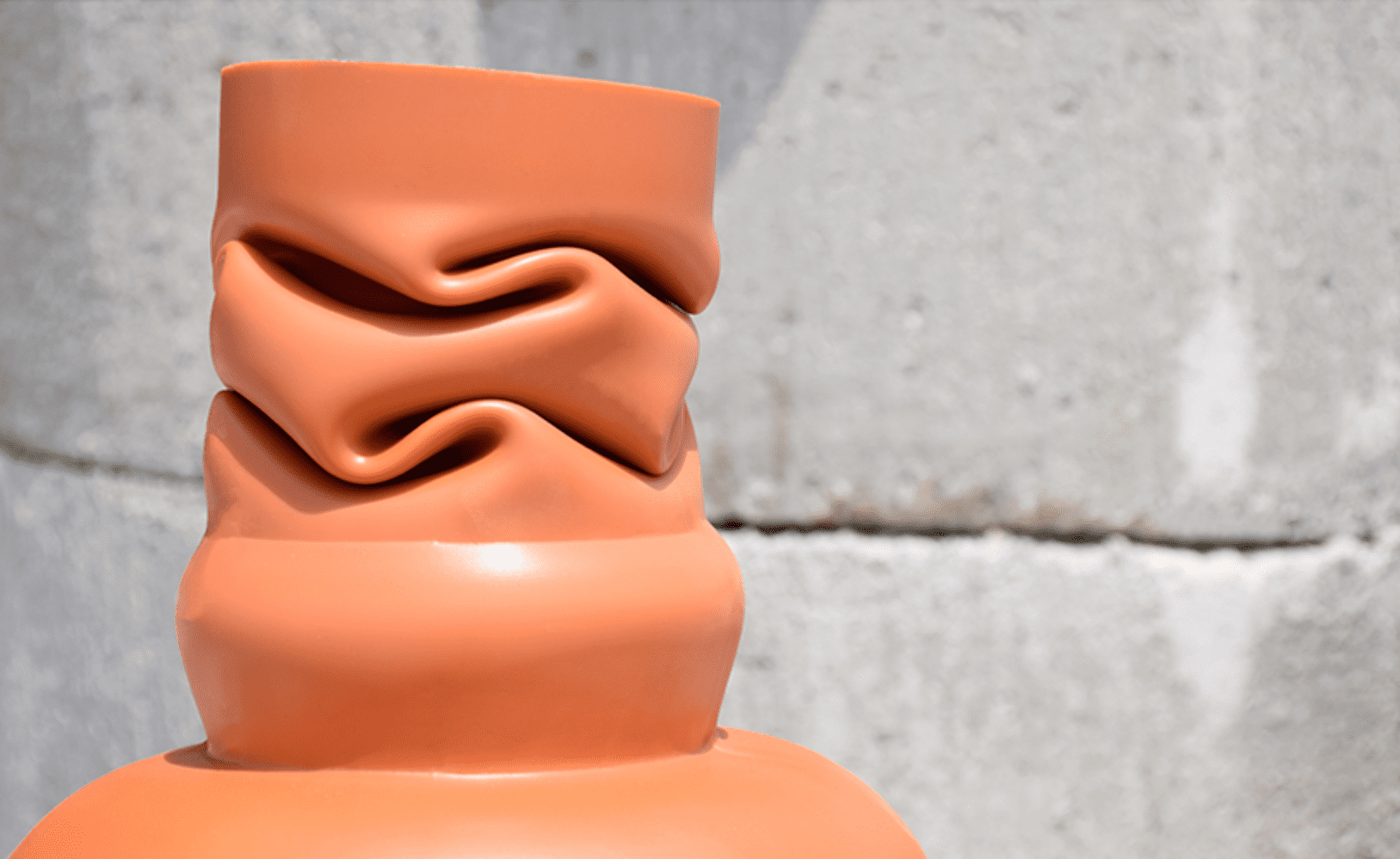
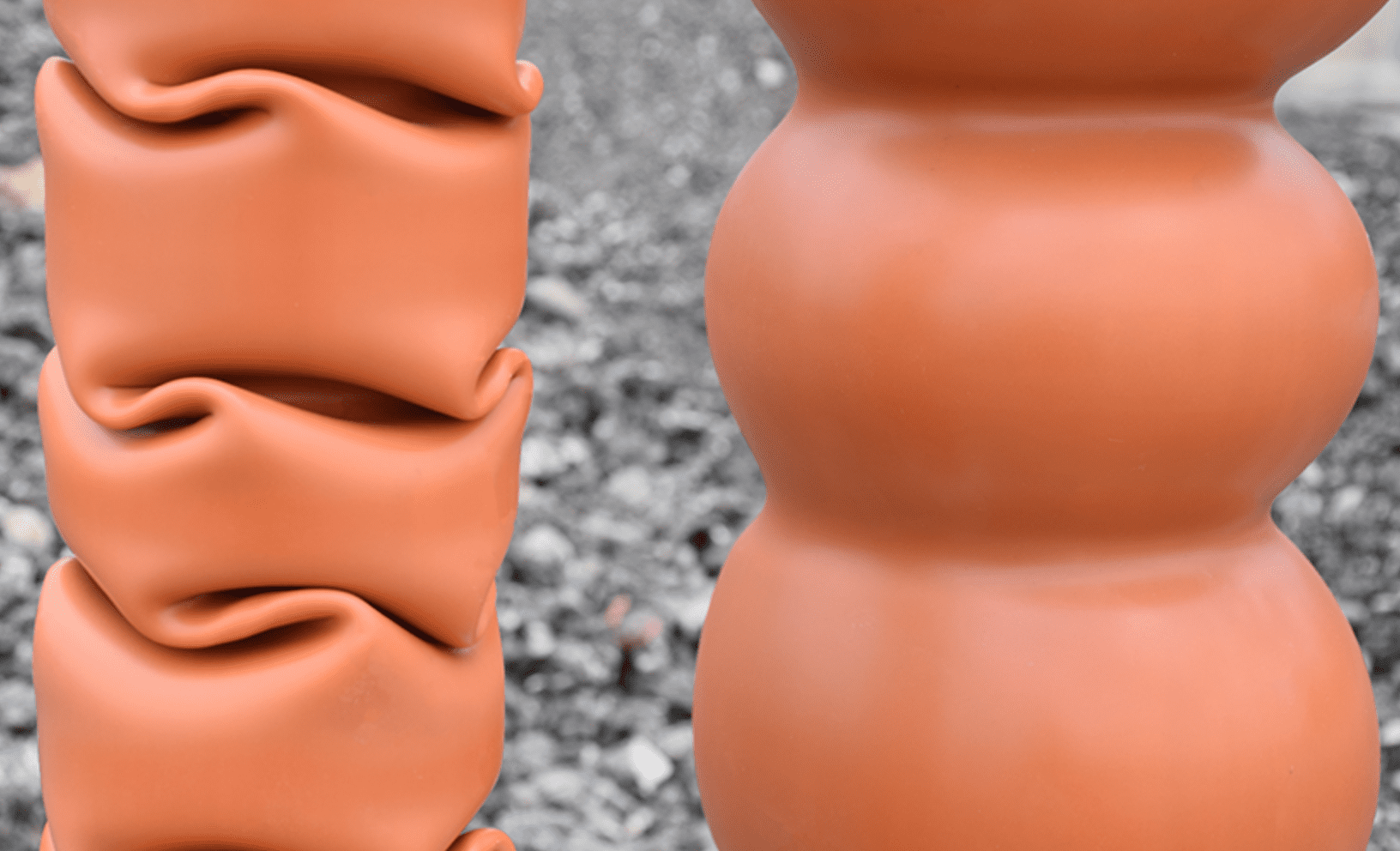

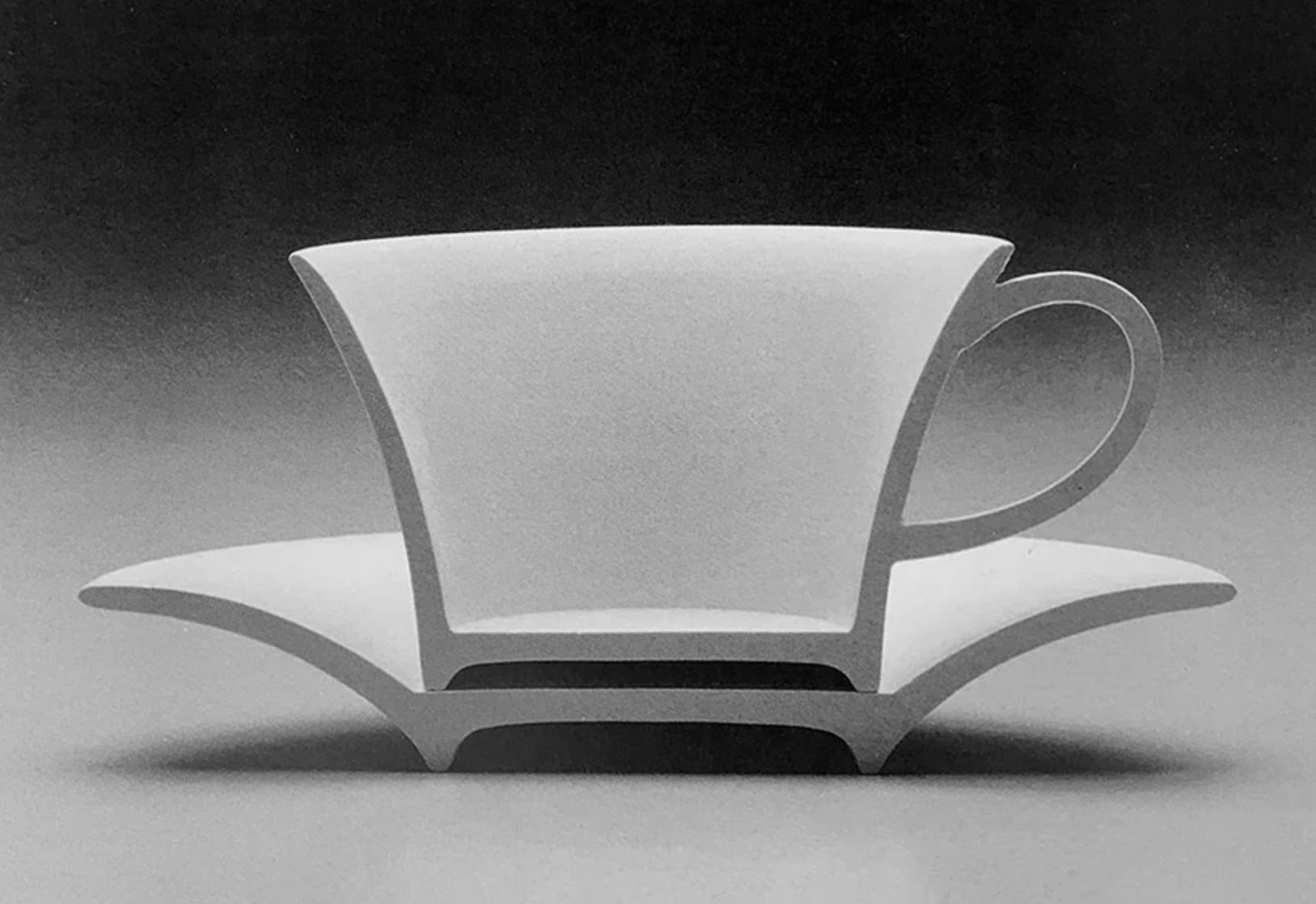
1 | Enzo Mari Sets the Table
The Köngliche Porzellan Manufaktur (KPM) was a Berlin-based German pottery workshop. Before having to close it’s manufacturing operation, KPM invited renown designer Enzo Mari to produce a line of tableware, among other things. Recently, an exhibition of the project was launched in Berlin’s Charlottenburg castle and in other European cities. Brigit Lohmann helped on the project, and she writes about her experience for designboom:
“The first few months saw the realization of a group of vases as a way of defining and testing the group’s potential. Then we turned our attention to the new porcelain service BERLIN, in respect of KPM’s tradition of quality for a form that would be able to last over centuries.
Every month, Enzo Mari usually came to berlin for 2-3 days. Meanwhile I organized the works over the entire week. These reflections were discussed with all the master craftsmen. Mari immediately noticed that if KPM were a private company of the same dimension, it would have ceased to be capable, already decades ago, of continuing to exist anywhere in Europe, as an enterprise based on manual craftsmanship. The costs of manual labor would by now have led to the use of industrial techniques only.
After defining our two basic elements — the cup and the plate — we were able, through simple variations in dimension and the presence or absence of handles, to realize a range of ‘matching’ objects that could serve a number of different purposes.
In October 1995, the president of the KPM advisory committee received a letter from the senator of finance that we had to postpone the production of the BERLIN service because of financial restraints. From then on, I continuously discussed with the senate, and we were authorized to exhibit our work at Berlin’s Charlottenburg castle and in other European cities.”
Learn more about this project from Birgit Lohmann’s article.
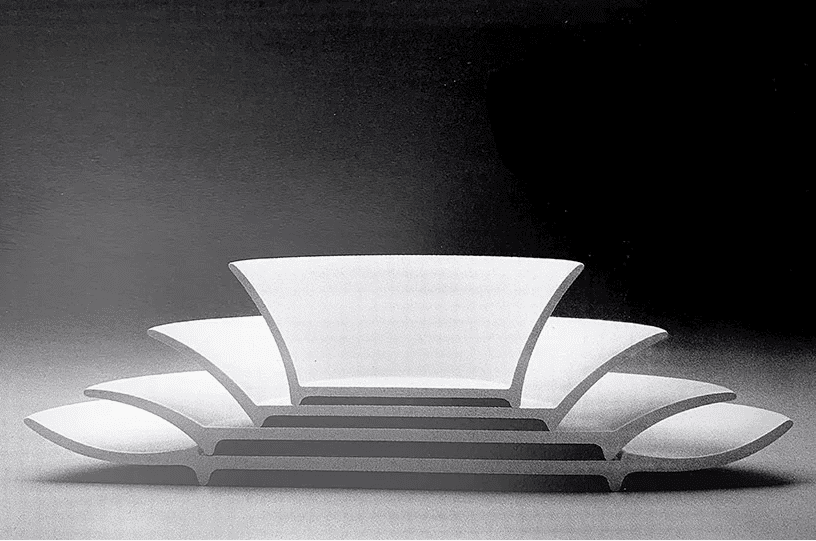

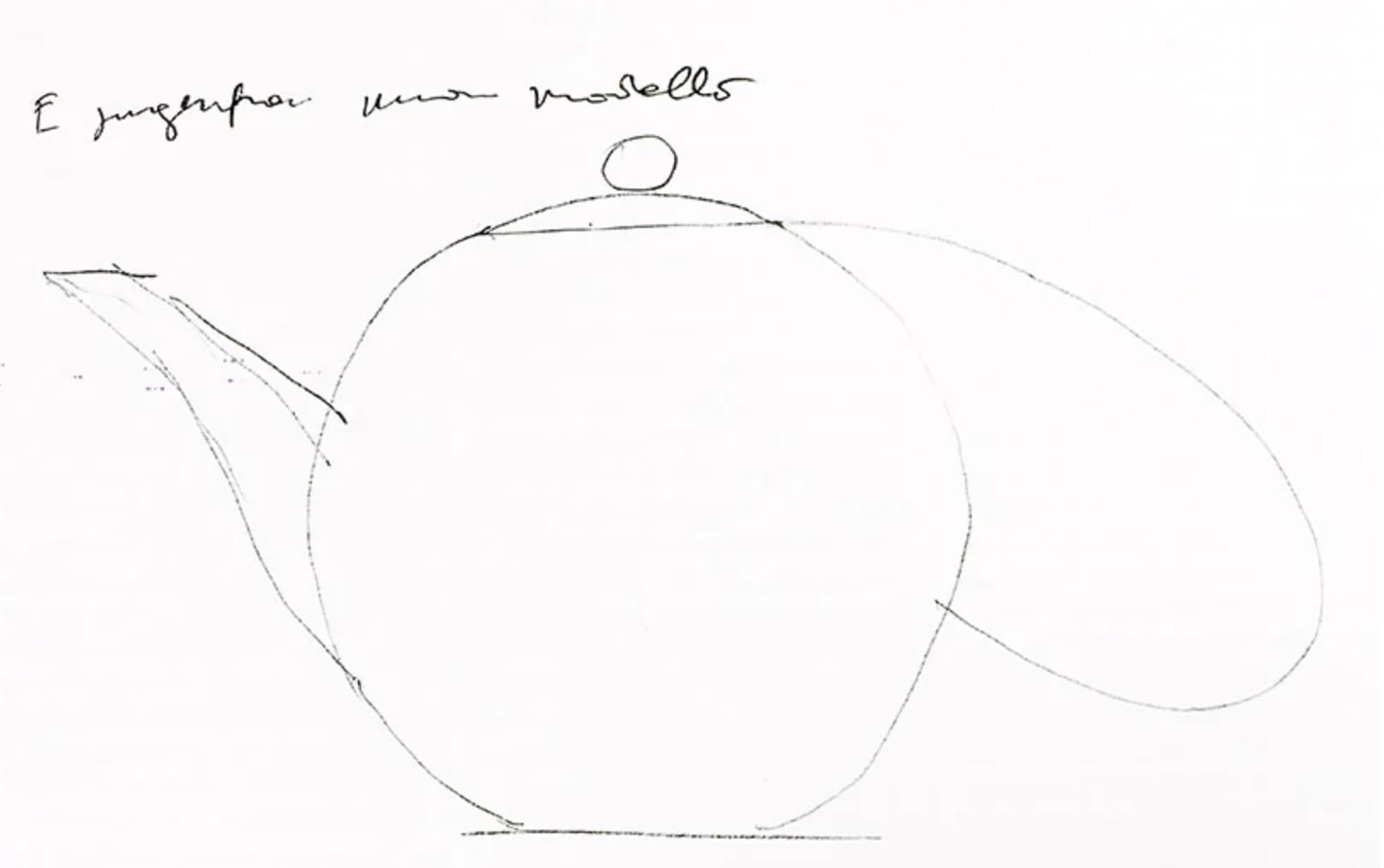
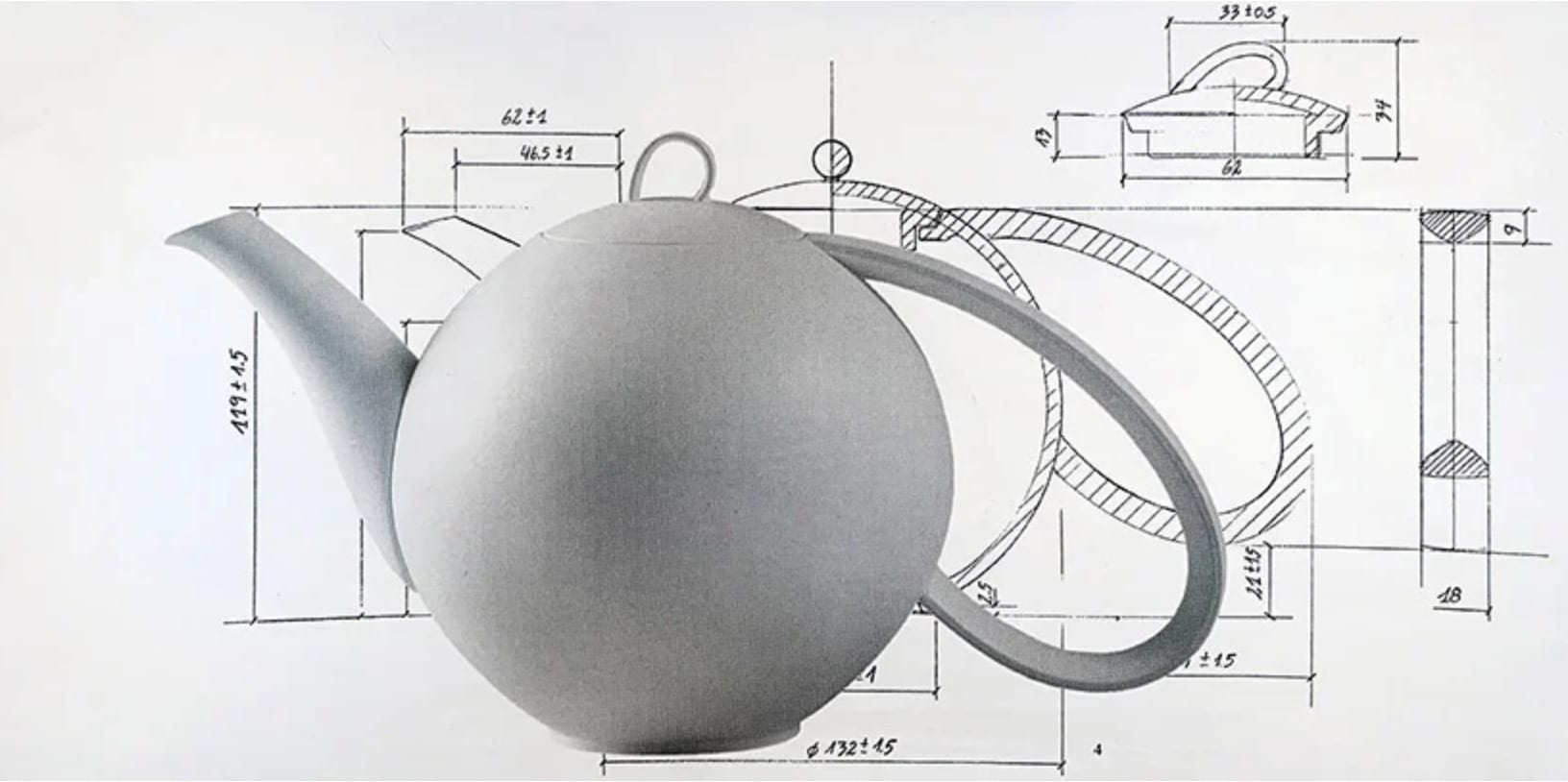
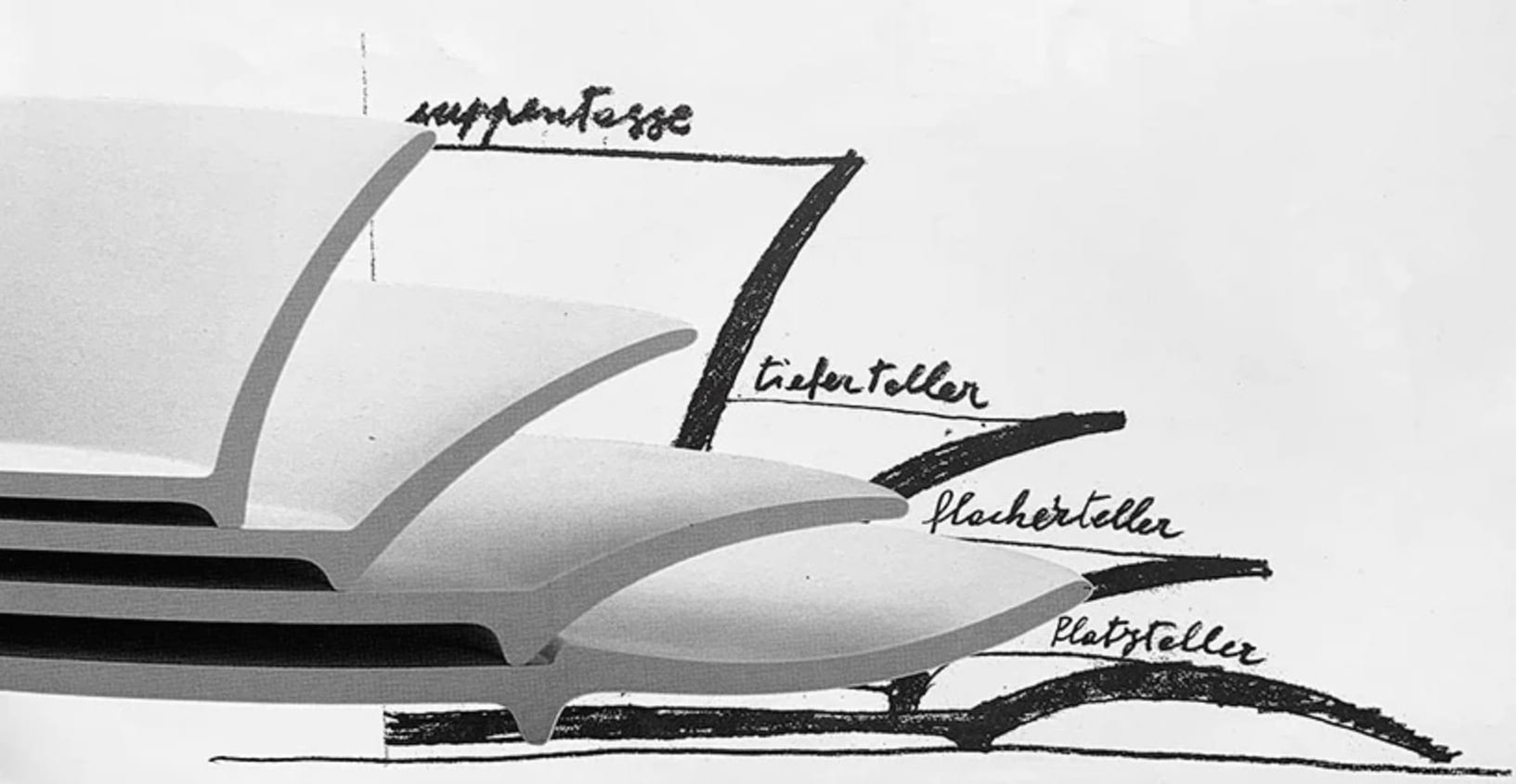
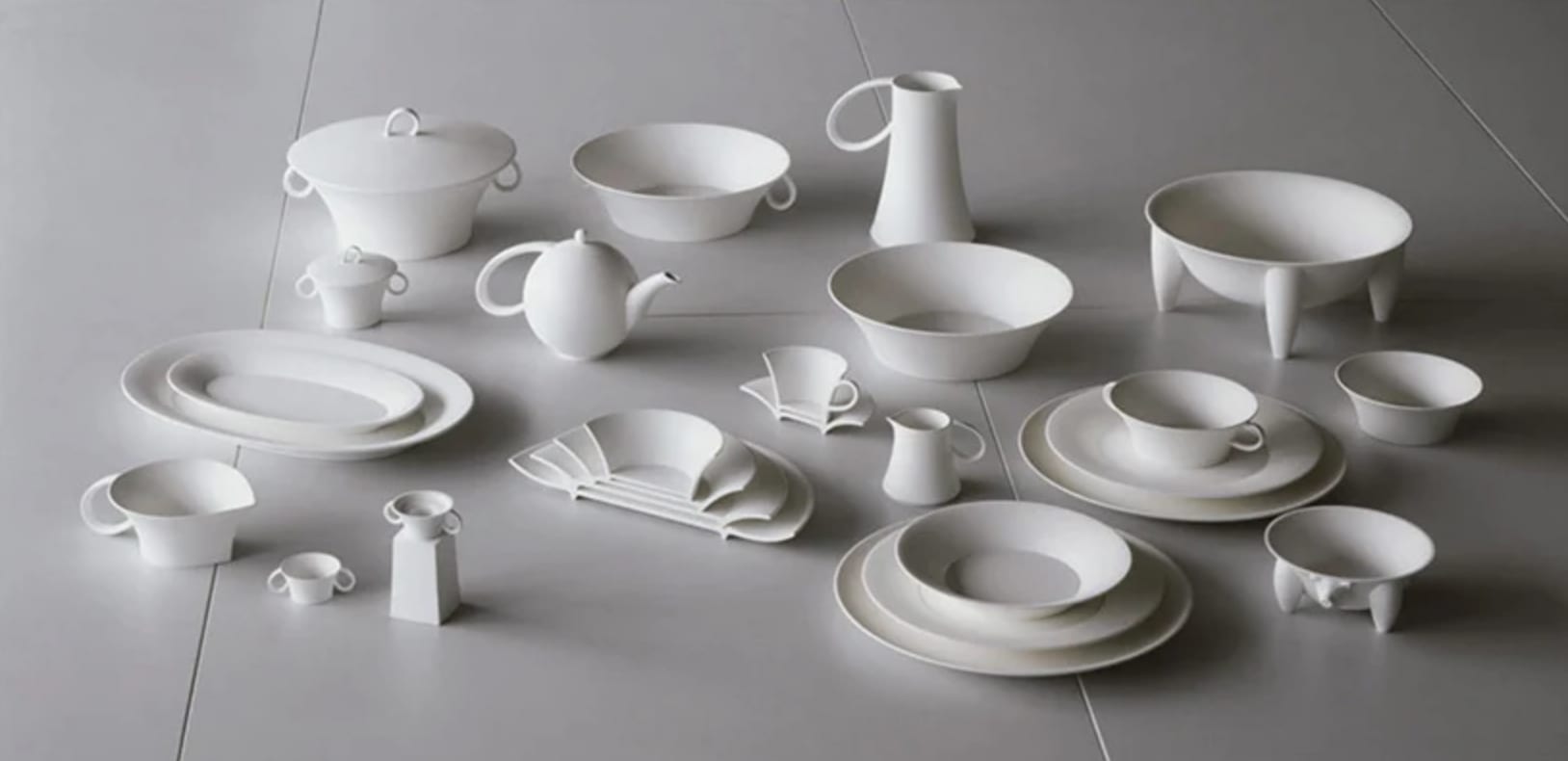
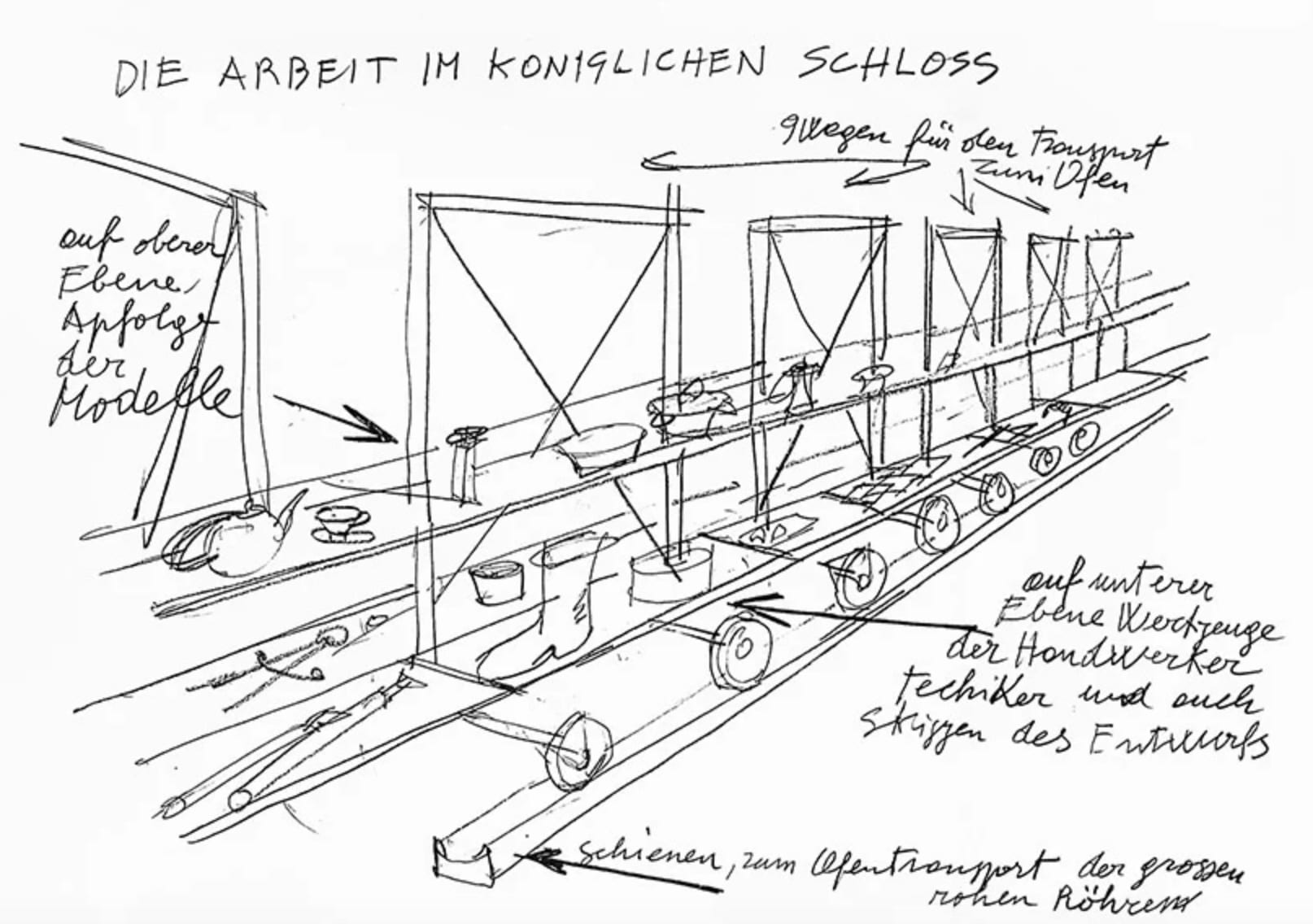
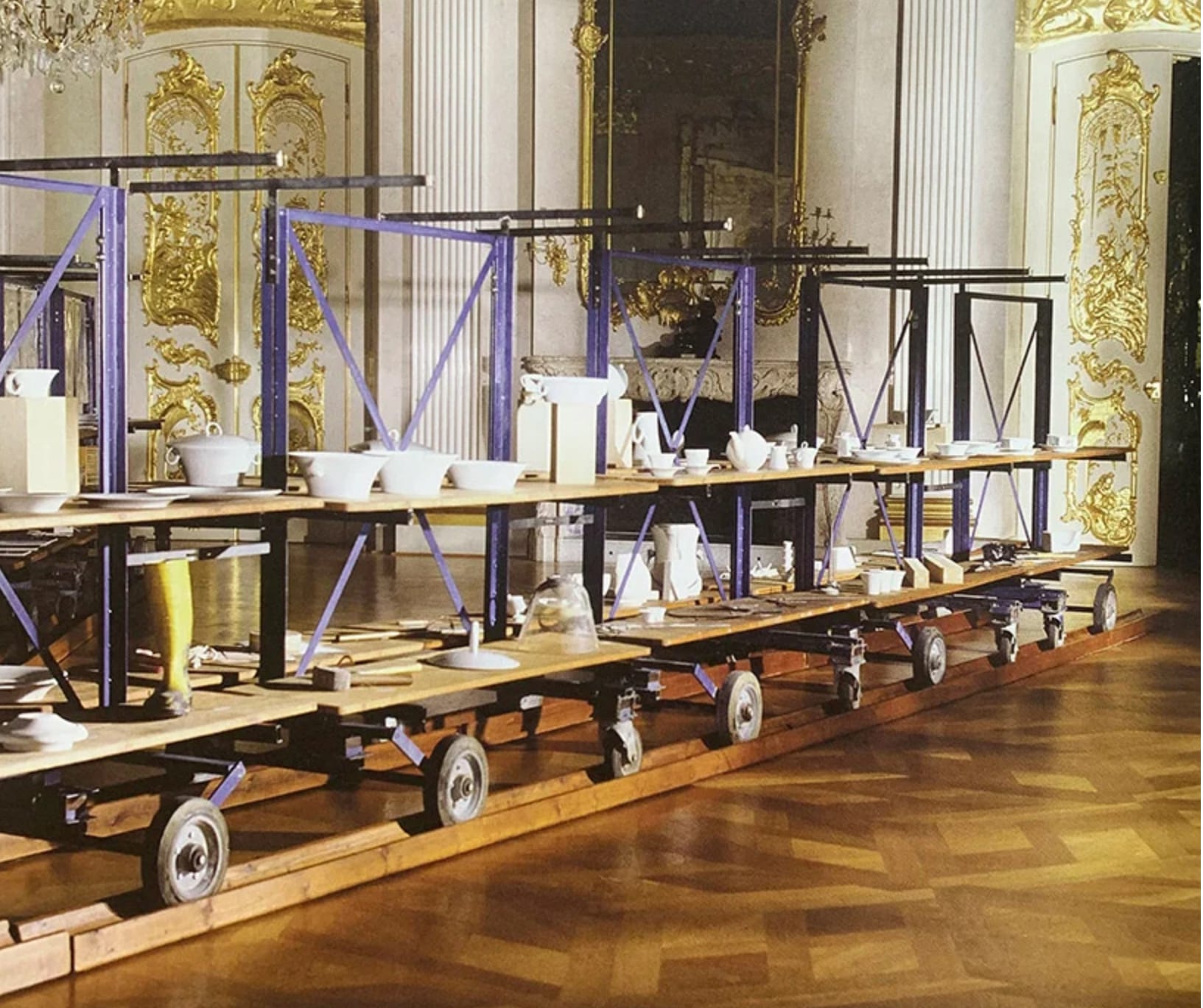

3 | Revol Find’s It’s Groove With Lucas Frank
Design firm Revol has recently teamed up with the up-and-coming French designer Lucas Frank to create a seductively edgy teaware set. Revol describes the set that they’ve named Pekoë:
“A response to clearly delineated problems of service and use, the Pekoë collection is the fruit of in-depth technical research carried out in collaboration with Revol.
Decisively functional, the fin motif allows you to hold this handleless cup at the same time as vouching for its complete stability on the saucer on which it sits so perfectly. Revol was delighted with such an unprecedented mastery of black clay, so we asked Lucas Franck to broaden the range and design a full collection adapted to hot drinks and especially to tea.
Treated with an aged-silver or dark-metal enamel on the inside the natural black clay is preserved on the outside but polished to produce a “peach-skin” feel in the items in the range.”
Learn more from Revol
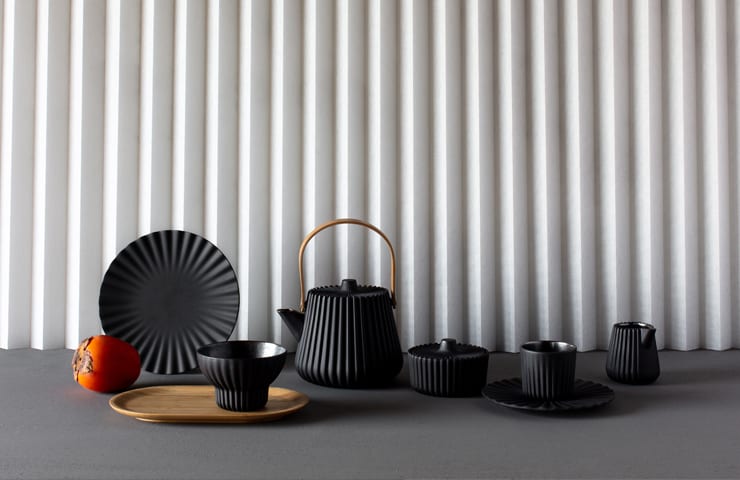
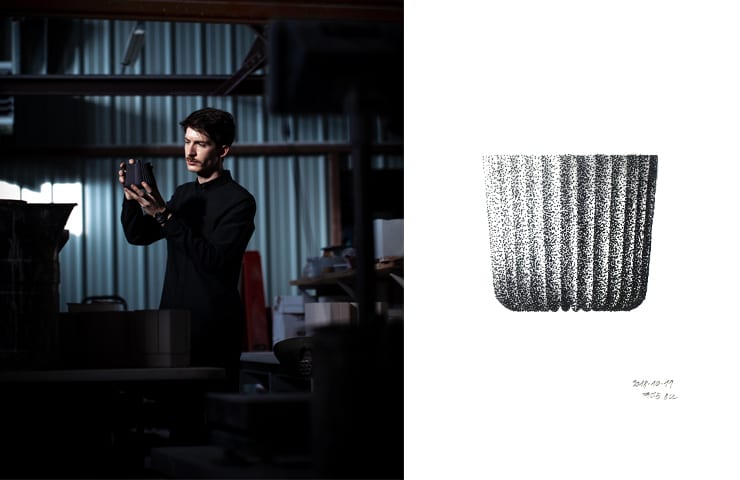
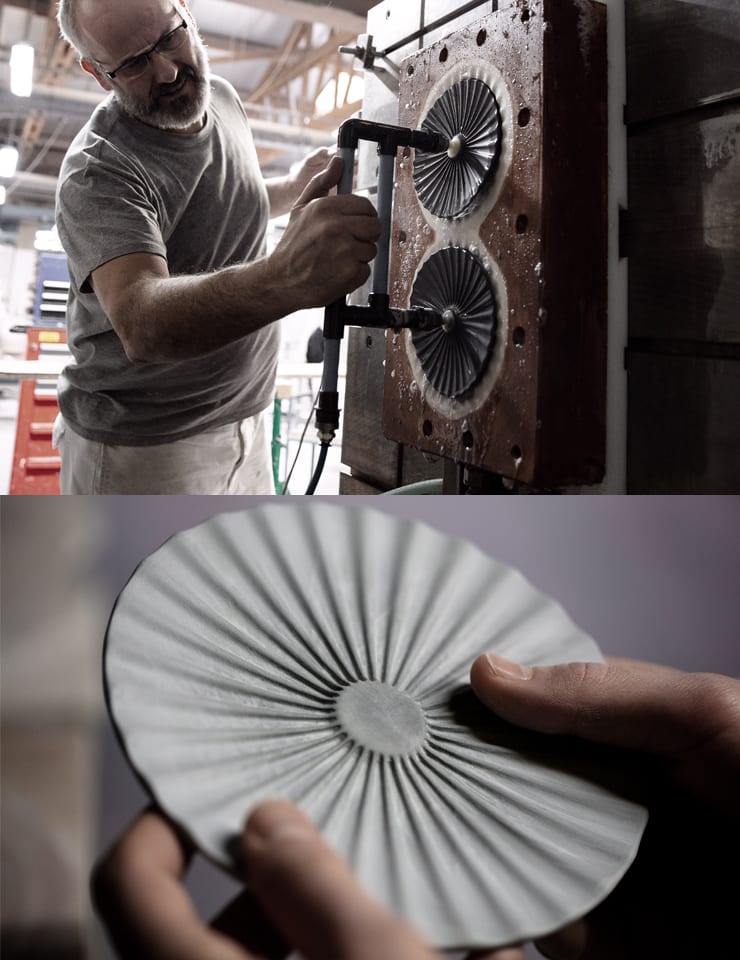

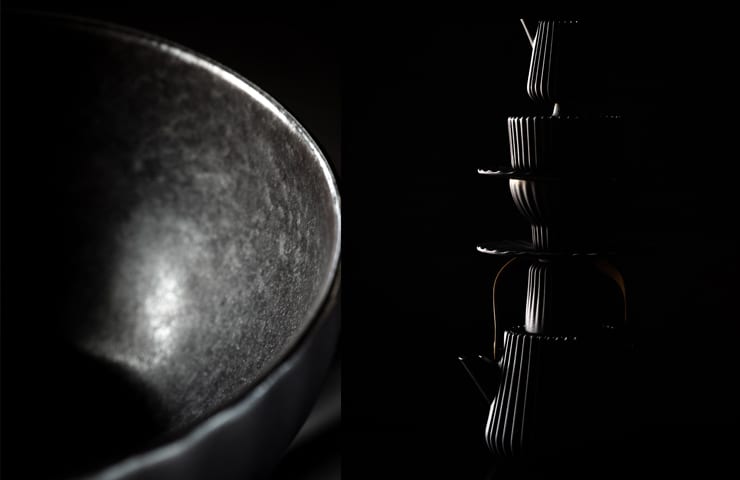
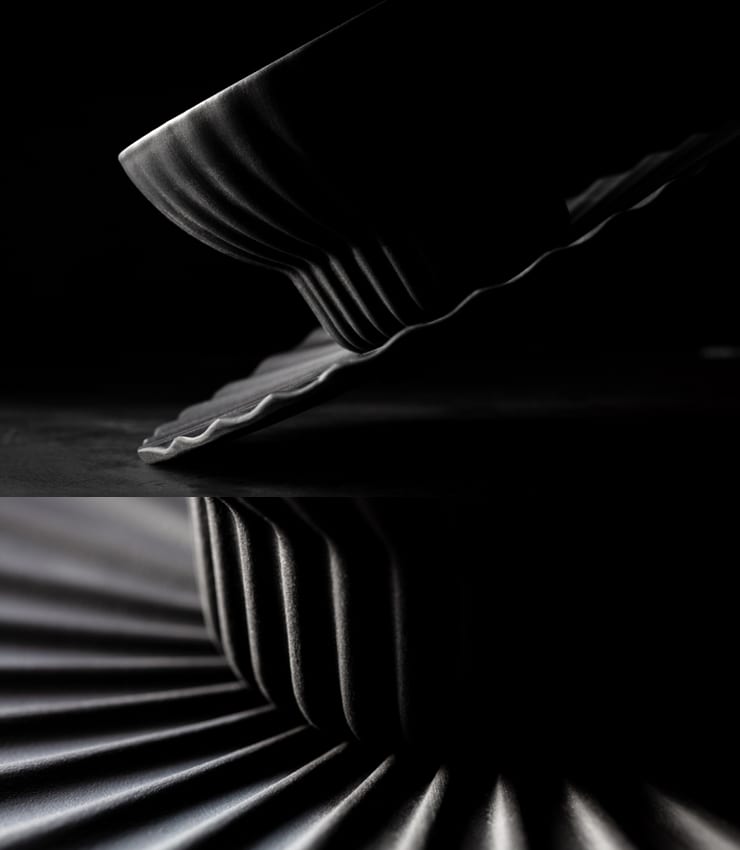
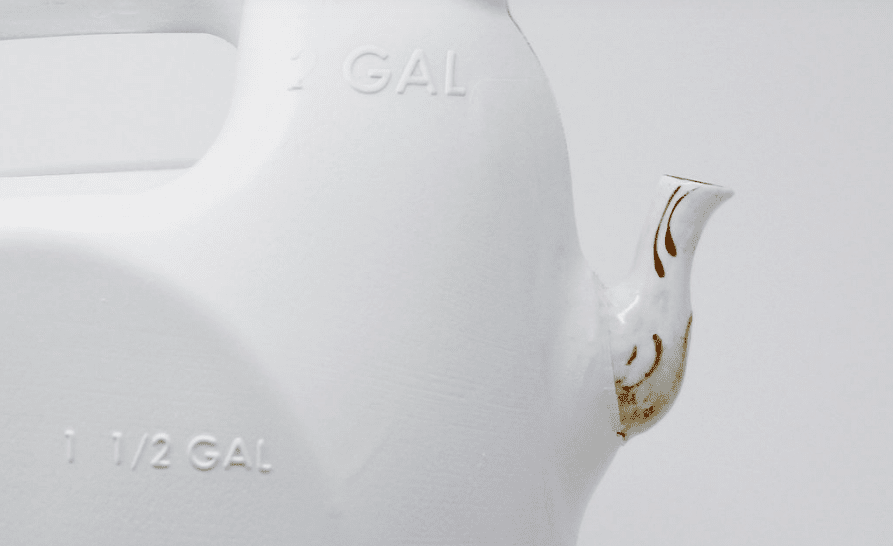
4 | Beauty in Breakage
Designer Andy Xiaodong Ma has taken on no small feat with his ‘Repairing Society’ project. The designer writes of his project, which was inspired by Kintsugi, for core77:
“Repairing Society is a speculative design practice inviting us to imagine an alternative way of consumption and production that is opposed to our current Throw-away Society. It focuses on cultivating a stronger emotional attachment between objects and human through building a ‘Repair not Replace’ lifestyle. By encouraging repairing things, we can cultivate a longer relationship with objects and revive our bonds with old things.
Repairing Society was inspired by Kintsugi, the Japanese art of repairing broken pottery with lacquer dusted or mixed with powdered gold, silver, or platinum. It treats breakage and repair as part of the history of an object, rather than something to conceal. Kintsugi proposes that broken and old can be better than the new which resonates with the philosophy of the Repairing Society. In Repairing Society, people can keep and reuse old things by regularly repairing and repurposing. In this model brands and designers are required to consider, from the beginning of product development, how products can be easily repaired or repurposed.”
Learn more here.
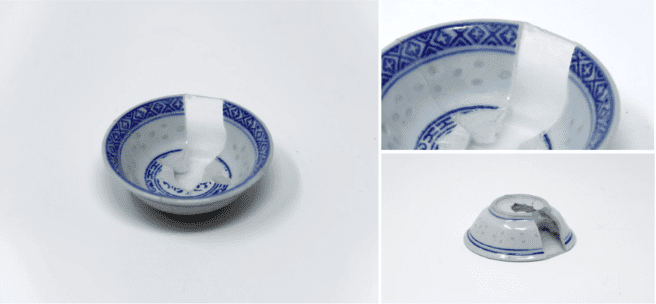
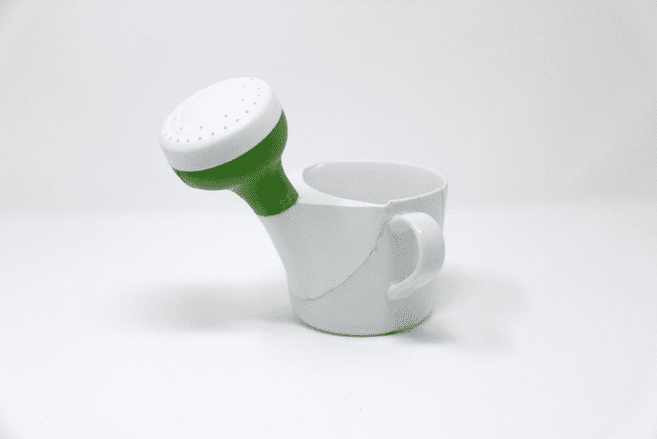
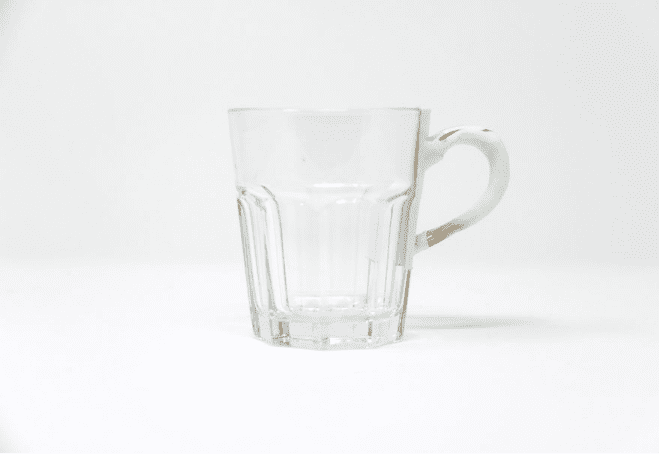
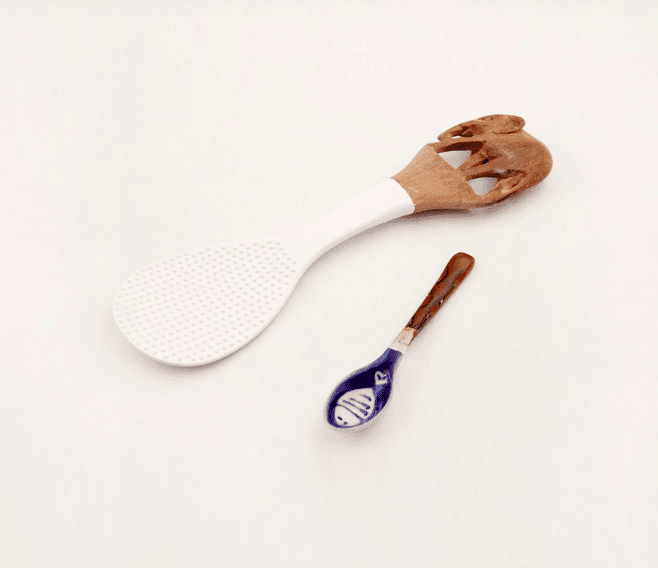
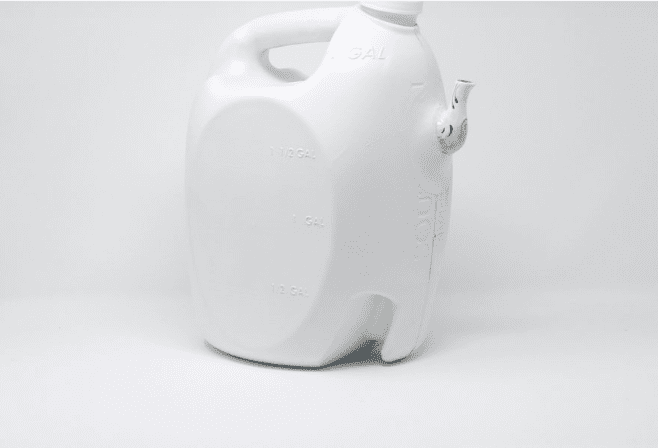
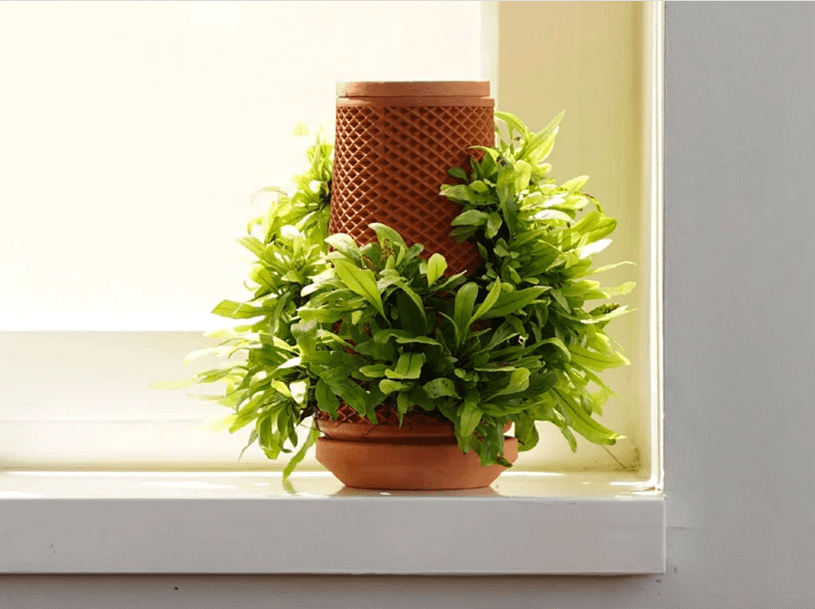
5 | Who Needs Dirt Anyway?
This hydroponic planter lets you grow plants indoors without soil. ‘Terraplanter’ has been designed for urbanites who appreciate plants, but don’t want the maintenance and mess associated with growing them indoors. Made from a solid yet porous ceramic material, the planter acts as a water bank that allows water to slowly diffuse through it, allowing the plant to grow on the exterior of the product’s surface.
The Terraplanter is the creation of Eran Zarhi, an industrial designer and plant enthusiast, and his partner, eco-entrepreneur Elad Burko. The design was informed by nature and the way in which plants grow naturally in the rainforest and other humid environments. Here, the roots are exposed, above ground, and cling onto a moist structure with constant access to both water and air. 1,400 cells with a micro-textured surface provide grip for plant roots, which grow into the pattern layout of the planter.
‘Our vision to establish cooperation between design and nature was fulfilled with the Terraplanter,’ explains the design team. ‘As an ‘inside-out’ planter, there is a transparency which allows users to witness the process of plant growth on the Terraplanter’s surface – from seeds sprouting, to roots grasping and growing while looking for water, leaves extending towards the lights, and of course flowers blooming.’

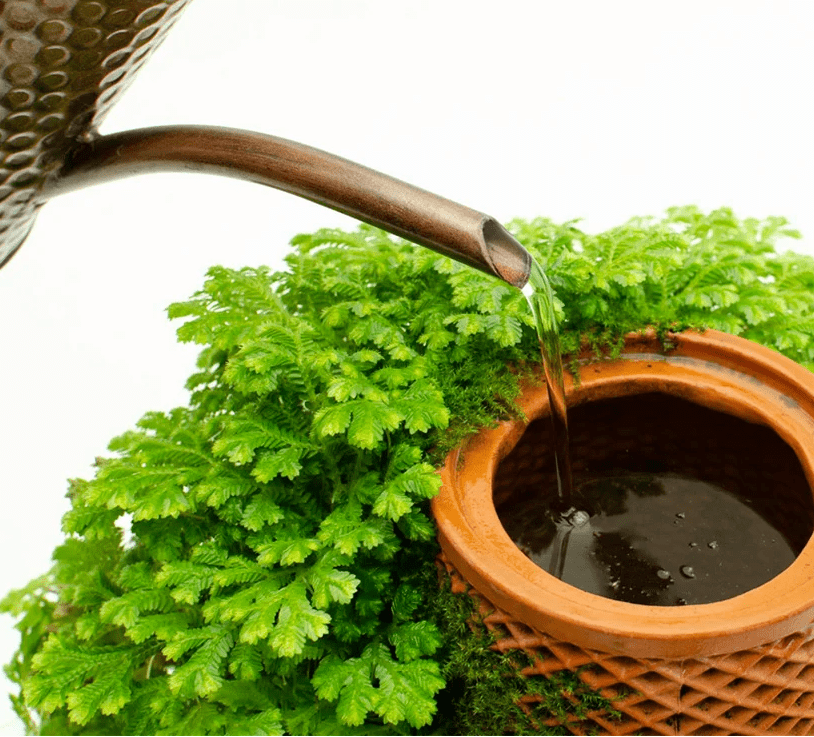
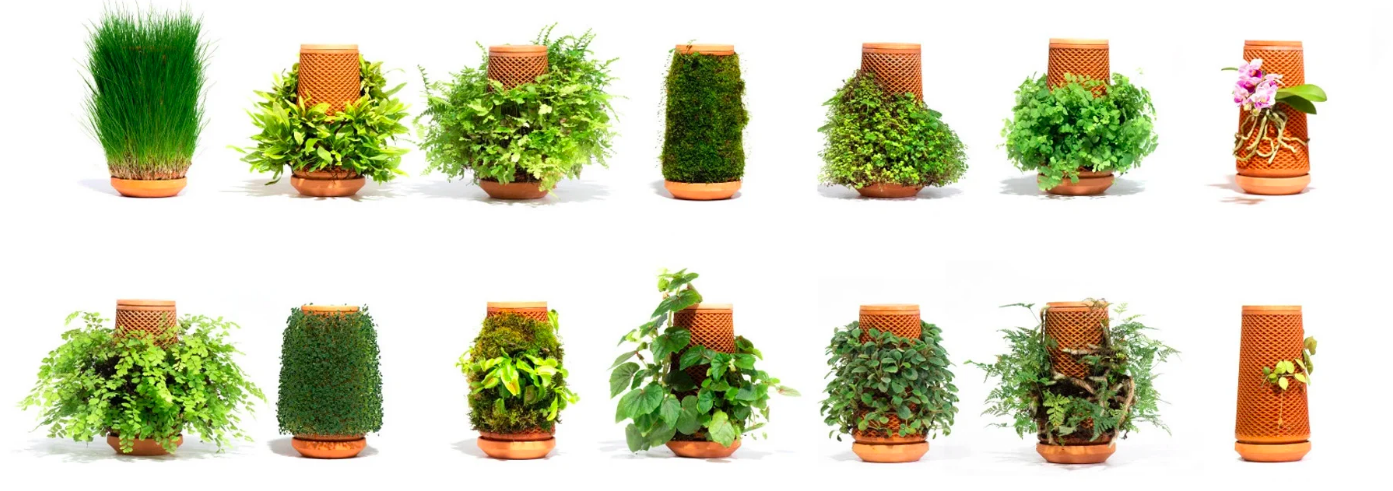
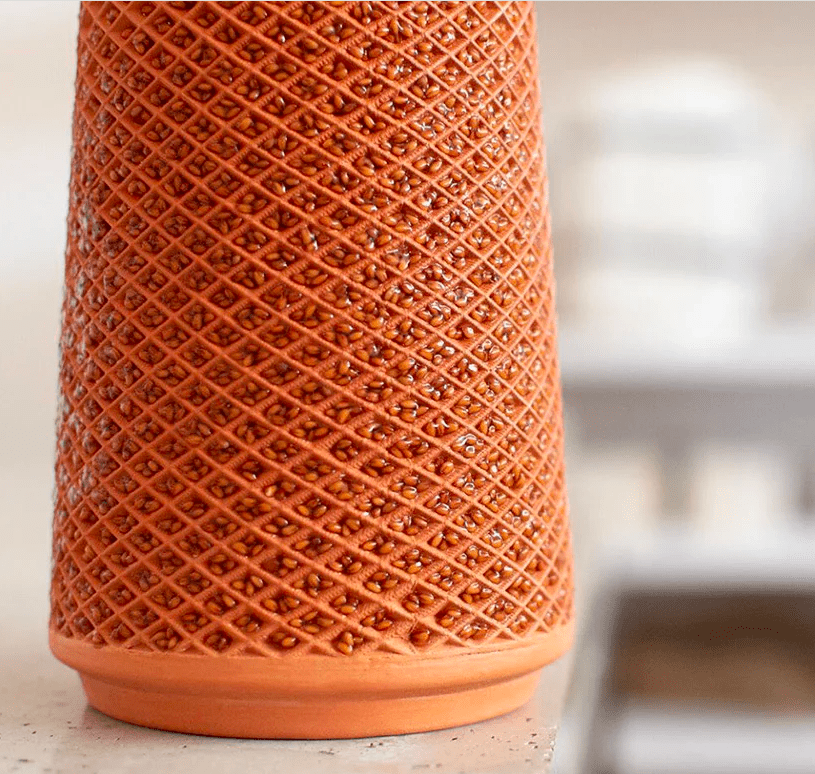
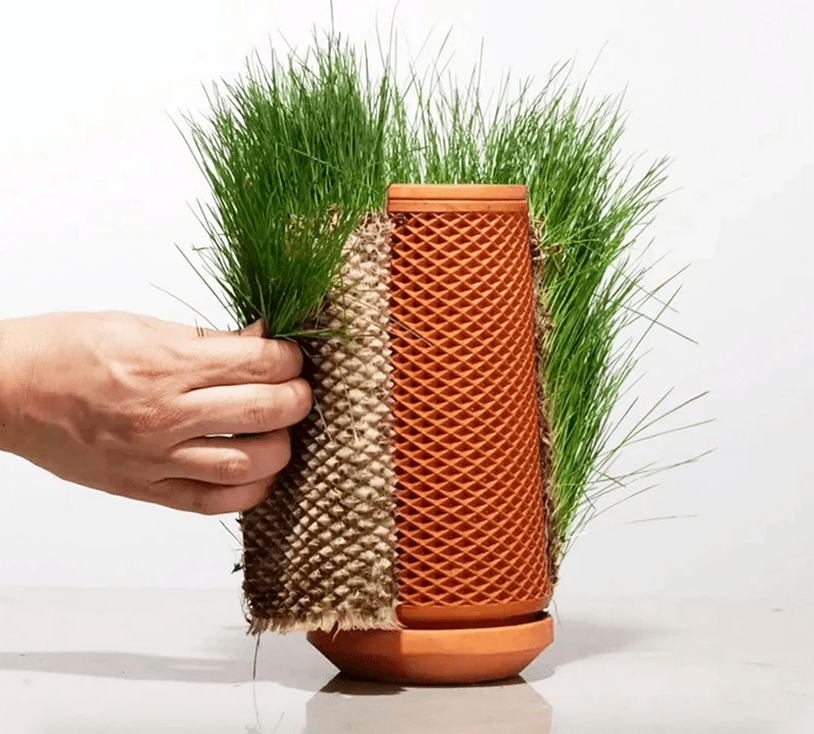
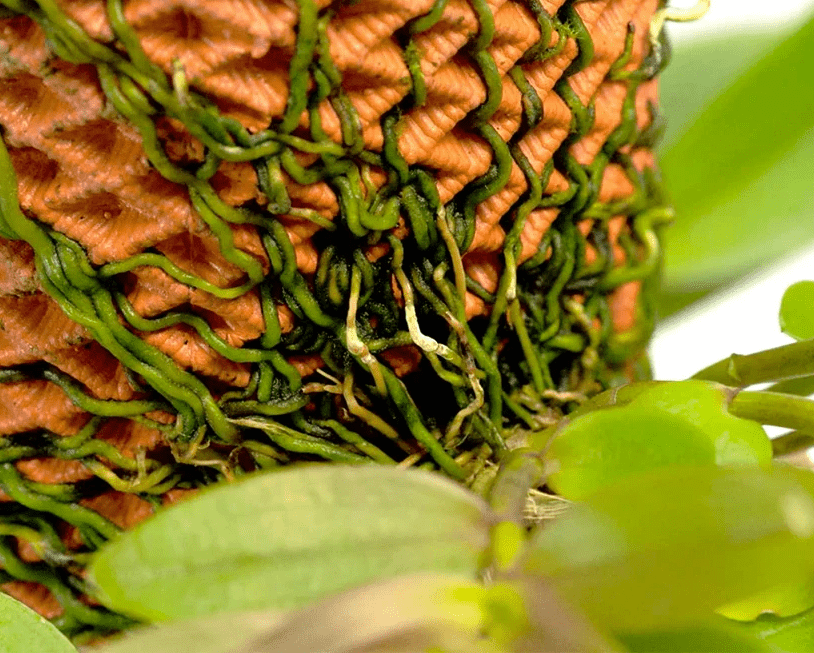
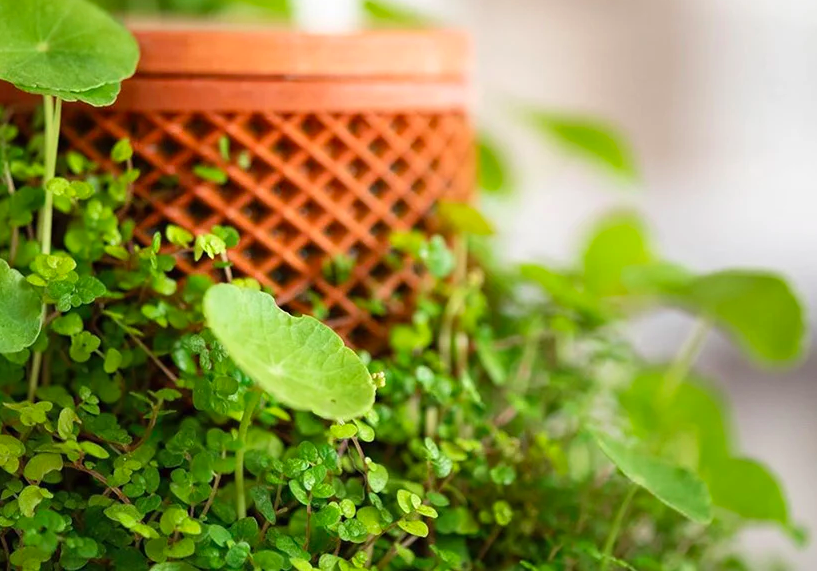
Love or loathe our design picks from the world of contemporary ceramic art and contemporary ceramics? Share your thoughts in the comments section below.
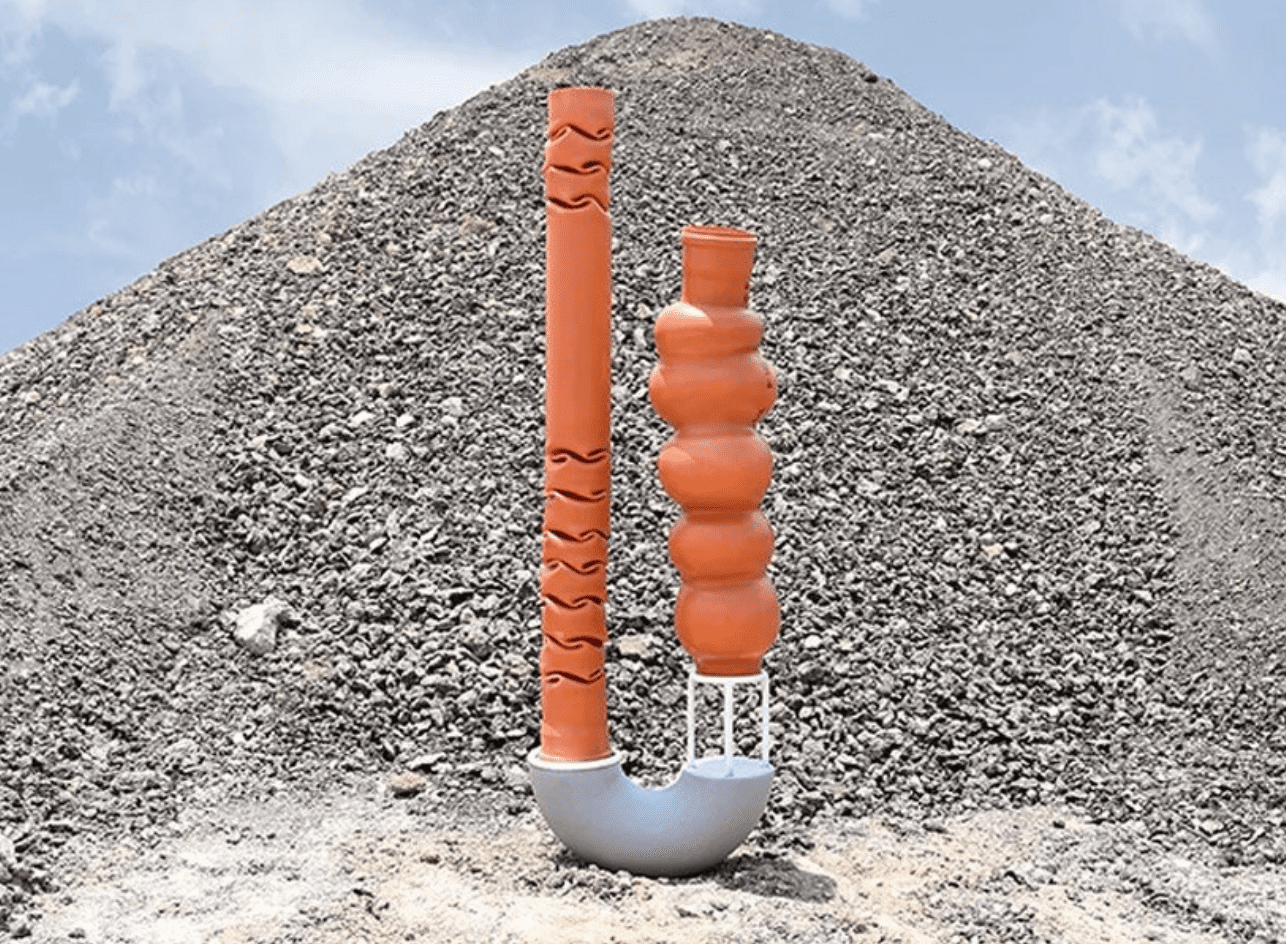
Add your valued opinion to this post.